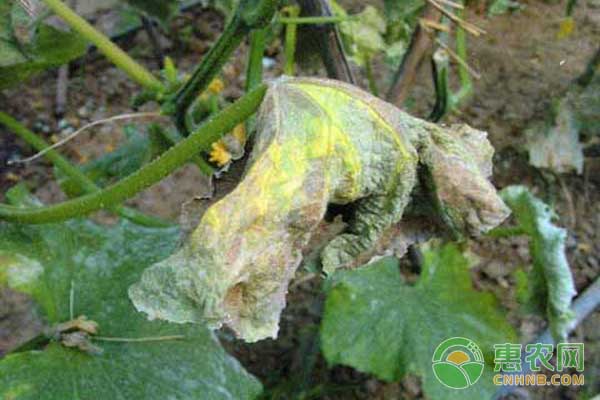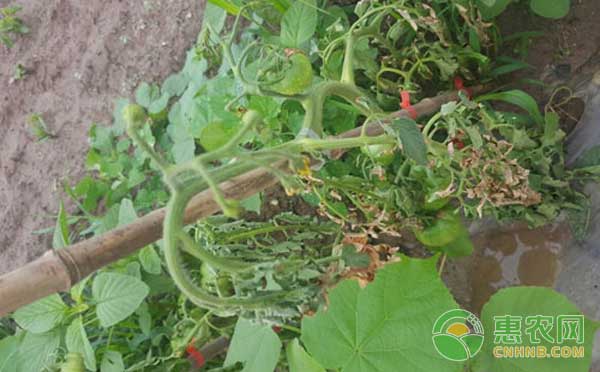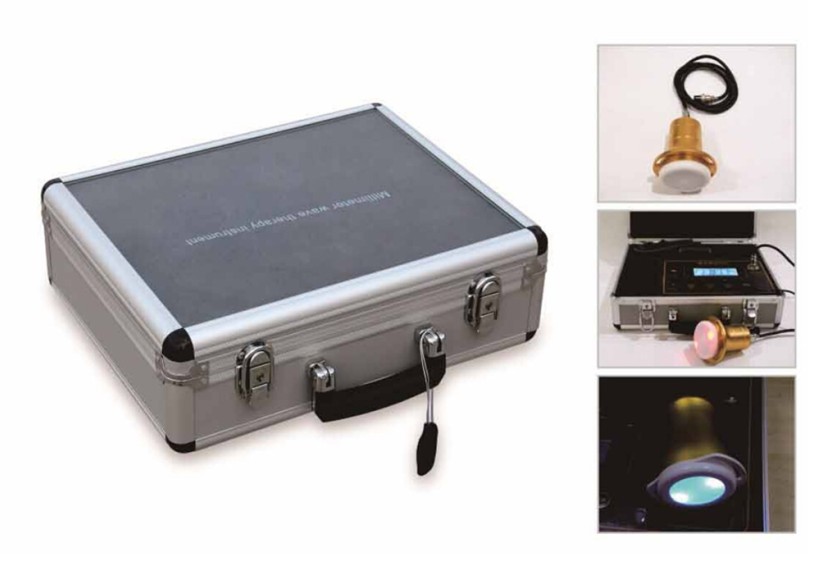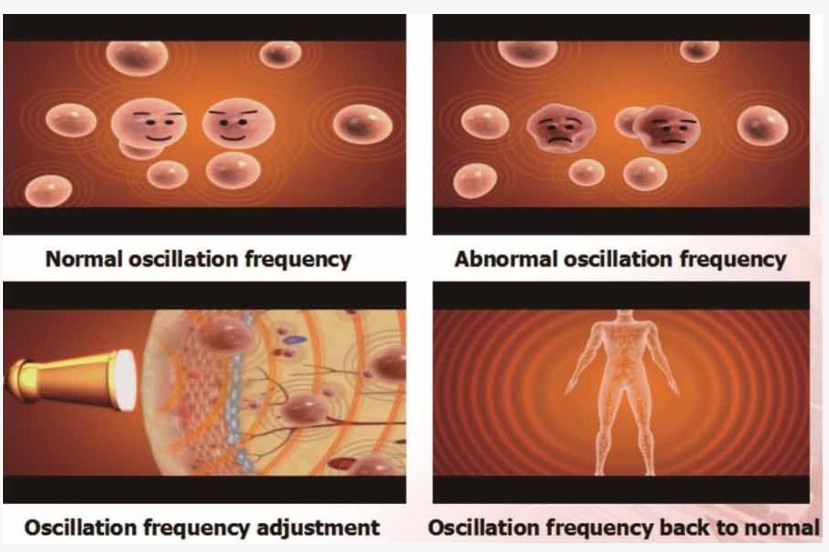Fifteen kinds of common diseases and application methods of vegetables, after reading you are also an expert
Vegetables are common crops, which have the characteristics of broad market prospects and high planting efficiency. However, a variety of diseases can occur during the vegetable growing process, and there are as many as 15 common diseases in vegetables. Xiaobian collected and categorized the characteristics and application methods of these 15 common diseases, and hoped to help the majority of growers.
1. Downy mildew
Harmful characteristics: the disease spreads from bottom to top; polygonal chlorotic spots appear on the front; purple gray mold layer appears on the back when wet
Application methods: mancozeb, dexamethasone, pyraclostrobin + dimethomorph, cymoxanil, cyanoxazole; root treatment at the beginning of the disease; pay attention to fight drugs before rain; diseased plants, diseased leaves Timely processing and destruction

2, blight
Harmful characteristics: cotyledons turn yellow; stem base yellow-brown; high-humidity white mold
Application method: azoxystrobin, prochloraz, carbendazim, difenoconazole; spray the base of the stem or root treatment at the beginning of the disease, the diseased plant is directly removed and destroyed, and the soil is disinfected (Note: phenyl ether ring) The concentration of azole and nail is too high to cause phytotoxicity)
3, gray mold
Harmful features: inwardly along the veins, it forms a "V" shape and expands inward, gray-brown; there are deep and shallow striate lines, and the disease bond boundary is distinct; low temperature and high humidity type disease
Application method: boscalylamine, pyrimethanil, allicin, procymidone, iprodione, prochloraz, chlorfenapyr;
4, bacterial wilt
Harmful characteristics: the entire upper part is withered; cloudy and early and late recovery, like a healthy plant;
Application methods: neutrophin, copper thiabium, zinc thiazole, chlorobromoisocyanuric acid; root treatment at the beginning of the disease, direct removal of diseased plants, and disinfection of soil
5, anthracnose
Harmful features: round, oval red-brown spots on the leaves; sometimes there are yellow halos on the edges, and finally the lesions turn dark brown and produce small black spots arranged in a wheel pattern; late lesions are perforated, and the lesions are multi-time fusion Forming the leaves to dry
Application method: azoxystrobin, dihydroanthracene + difenoconazole, prochloraz; early onset of the disease; pay attention to fight drugs after rain
6, powdery mildew
Harmful features: yellow spots begin to appear on the leaves, and then expand into circular or elliptical lesions; white powdery mildew on the surface; in general, the lower leaves are more than the upper leaves, and the back of the leaves is more than the front
Application methods: azoxystrobin, ether bacillus, chlorothalonil, trifloxystrobin, fluopyram + acesulfame, difenoconazole, myclobutanil; early onset of the disease; pay attention to fight drugs before rain
7, the disease
Early blight: dark brown lesions on the base of the stem, slightly trapped, with a ring pattern; in the high-humidity, the roots of the black mold layer have dark brown lesions on the base of the stem, slightly trapped, and have a ring pattern; the adult stage usually develops from the lower leaves. Department development; disease department (concentric)
Application method: daisen zinc, mancozeb, pyraclostrobin + dimethomorph, cyanosin, cyanoguanidine; root treatment in the early stage of the disease; pay attention to fight drugs after rain before rain; diseased plants, diseased leaves Timely processing and destruction

8, root knot nematode disease
Harmful characteristics: root knot on the root; leaf noon wilting; plant dwarf
Application methods: avermectin, thiazolyl, butyl thiocarbamate; Awei root treatment; the rest of the soil treatment
9, viral disease
Harmful characteristics: leaf shrinkage, unevenness; leaf chlorotic macula; discoloration along vein
Application methods: morpholinium hydrochloride, oligosaccharide, chain protein, amino oligosaccharide; early onset of the disease; mainly prevention
10, soft rot and black rot
Soft rot: sunny and wilting, normal morning and evening; wet rot, smelly; last root rot
Application methods: copper hydroxide, copper thiabium, zinc thiazide, neutrophin; or zinc thiazide + copper rosinate; spray and ground at the beginning of the disease
11, rust
Harmful characteristics: rust bacteria generally only cause local infection; the affected parts may produce blister spots or blister, cups and hairs of different colors due to the accumulation of spores; cause tumors, rough skins, arbor branches on the branches, Trachea and other symptoms
Application methods: bromoxynil, trifloxystrobin, azoxystrobin, triadimefon; use in the early stage of the disease; pay attention to fight drugs after rain before rain; disease plants, diseased leaves, diseased fruits are treated in time for destruction
12, bacterial angular spot disease
Harmful characteristics: watery spot on the back of the leaf; there is a pus after watering; the veins are bounded, gradually enlarged, with irregular polygons, reddish brown, yellow halo around, and black mildew in the later stage
Application methods: copper hydroxide, copper rosinate, copper thiabium, zinc thiazide, zhongshengmycin; early use of the disease; pay attention to fight drugs after rain before rain; diseased plants, diseased leaves, diseased fruit in time for destruction (Note: Suggestion Copper hydroxide is used alone!)
13, sclerotinia
Harmful characteristics: water-stained rot of the residual flower; white hyphae finally become black sclerotia; no wilting, withering and dying
Application method: prochloraz, procymidone, iprodione, tebuconazole, boscalid; root treatment at the beginning of the disease, direct removal of the diseased plant, and disinfection of the soil
14, blight and rickets
Blight: wilting during the day, recovery at night; gray-brown lesions; dry death, no lodging
Tripping disease: seedling watery stems; dry and linear; seedlings collapse
Application method: carbendazim, mancozeb, thiophanate-methyl; or procymidone + chlorothalonil, pyraclostrobin + mancozeb; initial rooting treatment, direct removal of diseased strains Destroy and disinfect the soil

15, root rot
Application method: carbendazim, adiacetyl bacterium, fluazinam; root treatment at the beginning of the disease, direct removal of the diseased plant, and disinfection of the soil
The above are the symptoms and application methods of fifteen kinds of common diseases of vegetables. I hope to help you grow vegetables. If you want to know more about agricultural knowledge, please pay attention to Hui Nong School!
Millimeter Wave Therapy Machine
What is Millimeter wave therapy?
Millimeter wave is 1-10mm electromagnetic wave, it is equal to frequency range 300GHZ-30GHZ, it is a low power, short wavelength, high frequency electromagnetic wave and locates in interchange of the light wave, also called extremely high frequency electromagnetic wave.
Millimeter wave electro-magnetic therapy is supplemented by way of energy through the meridians, body fluid pathways, neural pathways, to regulate patient immune system.

Millimeter wave application:
Millimeter wave is a kind of green therapy that is safe effective and non-toxic side effects, its unique [Electromagnetic resonance theory of coherent oscillation"and Non-thermal remote effect", have obvious effect on the biological macromolecules, cell and visceral organ, can promote the growth of hematopoietic cell, improve the body` s immune system function, promote tissue repair regeneration, promote inflammation absorption and ulcer healing, coordinate the body`s physiological function by the resonance effect of oscillation frequency, thus get a significant biological effects.

Millimeter wave Therapy Machine Main functions
1. Non-thermal effects
Millimeter does not treat diseases via increasing body temperature. In the treatment of diseases, no thermal, no pain, no simulation, an internationally recognized green therapy.
2. Distal effects
Millimeter wave can be conducted through the inter-cell, neural, humeral, an other means of the meridian through the irradiation point on the biological activity, or even the effect of the body up to the depth of the lesion.
3. The cumulative effect of time
Millimeter-wave of cell repair and adjusting will take some time, with the increase in the number of treatments:the more intense the millimeter-wave effect on the biological effects of the body, the treatment effect is more obvious.
Millimeter-wave therapy can be applied to many special occasions, either as a single therapy, or combined with a variety of other medical methods for safe usage.
Millimeter Wave Therapy,Millimeter Wave Therapy Machine,Wave Therapy Machine,Millimeter Therapy Machine
Shenzhen Guangyang Zhongkang Technology Co., Ltd. , https://www.syztreatment.com